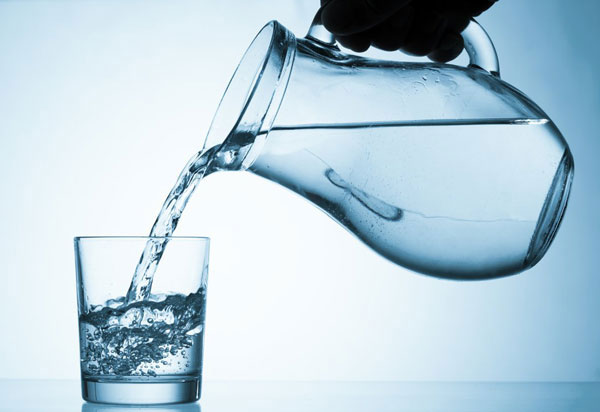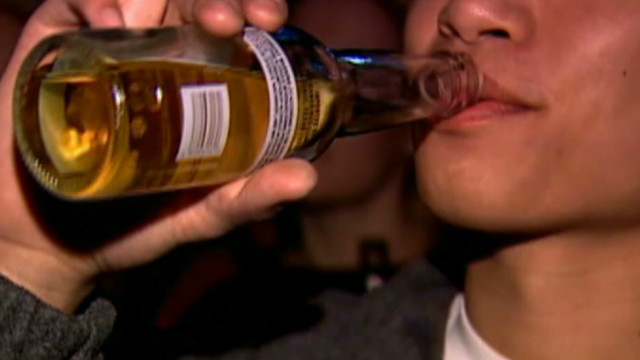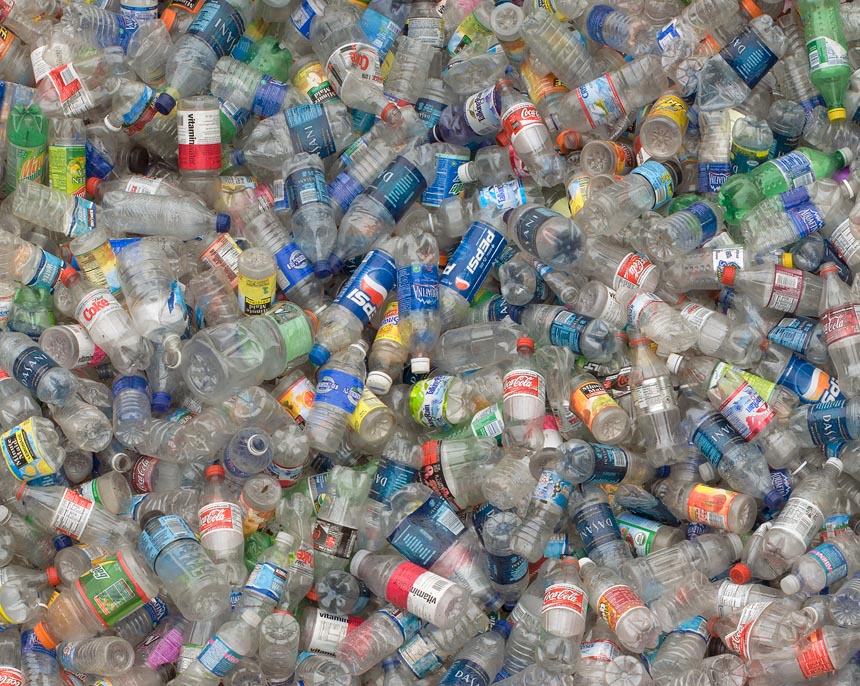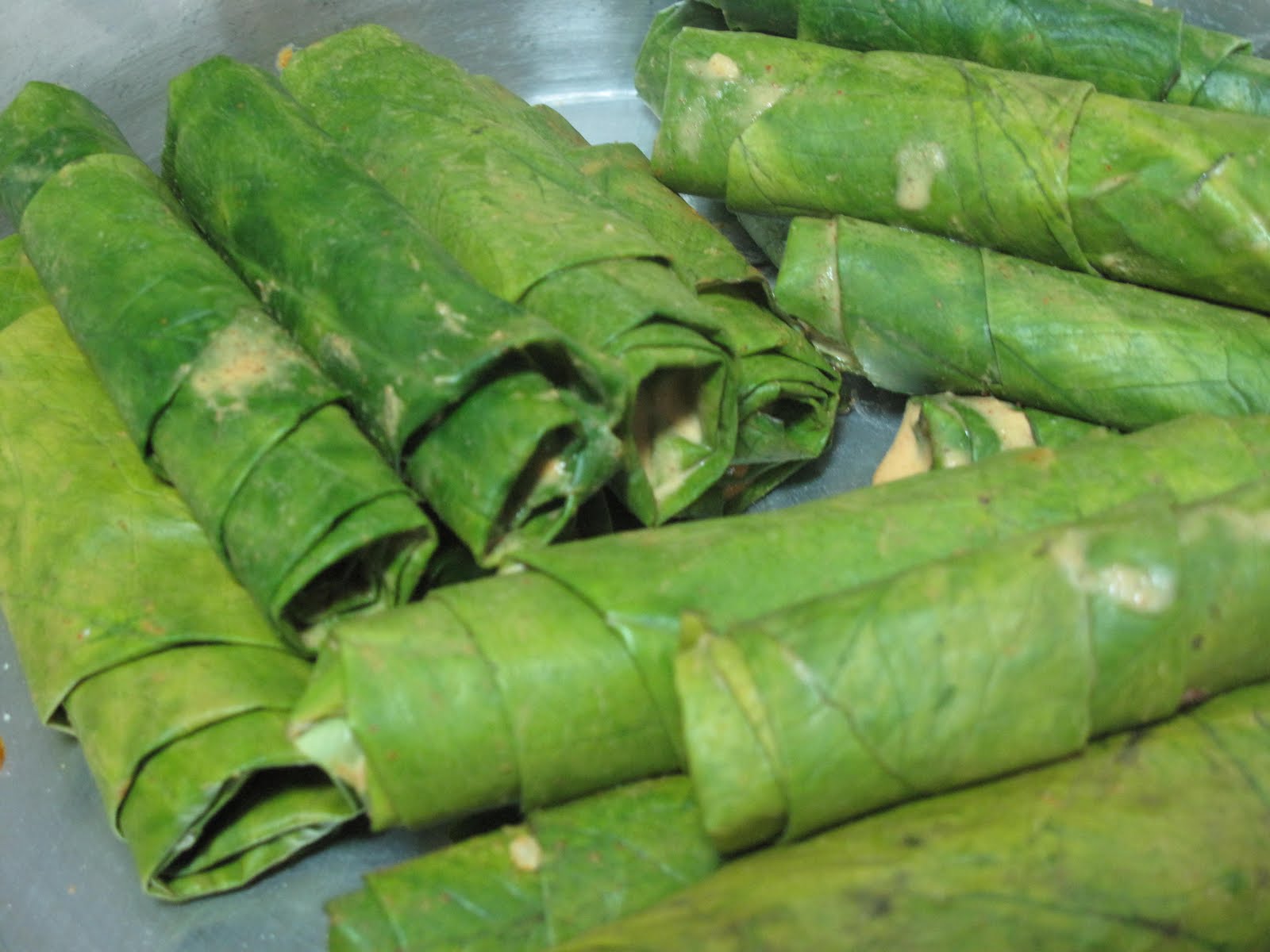What is Hydrotherapy?
Hydrotherapy is an age-old method to heal, revive and revitalize your body through water.
“Water is a source of life“, is the central theme of hydrotherapy. Hydrotherapy is also known as “water therapy”, “aquatic therapy”, “pool therapy”, or “balneotherapy”. It is a naturopathic treatment and the modality being used widely in ancient cultures including India, Egypt, China, etc.
Religious Importance of Water
- In Hindu rituals, many festivals are started by observing holy dips into pious rivers. Also, death rituals are complete by dispersing ashes into the river for the salvation of the departed soul in holy places like Haridwar, Kashi, Kurukshetra etc.
- Not only Hinduism but Sikhism also preaches the benefits of bathing with cold water. As per teachings of Guru Nanak Dev, when the cold water hits the surface of the skin (which has four layers) all the blood from way deep inside the body rushes to the surface in self-defense. This vastly improves the circulation on the spot, thereby, strengthening the entire body system.
What are the different categories of Hydrotherapy?
Hydrotherapy is generally categorized into following two types:
-
External Hydrotherapy
External hydrotherapy comprises the application of water or ice to the body or immersion of the body in water.
-
Hot water hydrotherapy
Hot water induces sweating and helps in the relaxation of muscles. Hot water is very helpful to treat poor circulation, sore muscles, arthritis, and rheumatism by using the combination of aromatherapy. -
Cold water hydrotherapy
Cold water helps in stimulating underlying muscles and blood flow in the skin. -
Fomentation
Moist heat is called fomentation, and is helpful for conditions such as flu, arthritis, or chest cold whereas cold compresses or ice packs help with headaches, dental surgery, or sprains. Body packs are helpful for detoxification and to calm psychiatric patients.
-
- Internal Hydrotherapy
Internal hydrotherapy includes colonic irrigation and enemas.- Colonic irrigation
It is an enema which is used for cleansing the entire bowel. It is believed to cure a number of digestive problems. Douching is another form of internal hydrotherapy, which directs a stream of water into the vagina for cleansing purposes. However, this is generally not the recommended form of therapy.Hot water immersion (HWI) is a thermotherapeutic intervention in which the body is immersed in water exceeding 36 degree Celsius.
- Contrast bathing
Repeated application of, or immersion in, hot/warm water and cold water Treat symptoms associated with local inflammation response to tissue trauma. Delayed muscle soreness, particularly in athletes
- Colonic irrigation
How does Hydrotherapy work?
Taking a hot shower before retiring to bed, hot water bottle for menstrual cramps, applying hot compresses on ached muscles and cold compresses after getting a tooth extracted are all forms of hydrotherapy, routinely done at home. There are two main goals of hydrotherapy:
- Improving the blood circulation
- Blood purification.
Blood should be able to perform its function efficiently, which is to deliver nutrients and removal of wastes from tissues and organs. The poor or sluggish circulation is not capable of delivering nutrients and removal of toxins from the body, causing degeneration of the tissues and organs.
The use of water both externally or internally in any of its forms and temperature (water, ice, steam) can put an impact on different body systems in a different manner, beneficial for maintaining and promoting health, preventing and treating the diseases. Apart from temperature, pressure, duration and site are other crucial factors modifying the potential of hydrotherapy in preventing and relieving ailments.
Reflexive action of Water during Hydrotherapy
This means that when water is applied to one part of the body, other parts of the body also stimulated by an arterial (blood vessel) reflex or spinal cord reflex.
Hydrotherapy takes advantage of this reflexive action. For example, if the left foot is fractured and in a cast, an alternating hot and cold treatment can be performed on the right foot. Because of the reflexive action, the left foot obtains the benefits of the hydrotherapy treatment even though it was done on the right foot.
Also Read: Know about 12 different types of Hydrotherapy Techniques
Action of Hot Water Hydrotherapy
- Heat vasodilates blood vessels, increasing blood supply to the area of its application.
- Increased blood flow facilitates tissue healing by supplying protein, nutrients, and oxygen at the site of injury.
- A 1ºC increase in tissue temperature is associated with a 10% to 15% increase in local tissue metabolism.
Action of Cold Water Hydrotherapy
- Cold application to the body vasocon stricts blood vessels, decreasing the blood supply of site of application, reducing inflammation and swelling of the target area.
- Cold Application reduces tissue metabolism, oxygen utilization, inflammation and muscle spasm.
When to use Hot water or Cold water for treatment?
Use water in cold form for acute injuries or pain, along with inflammation and swelling. Use hot water for chronic conditions over longer periods of time, muscle pain or stiffness.
Precautions with Hydrotherapy
- Mind the temperature of water. Water has a heat capacity 1000 times greater than air and transfers heat 25 times faster.
- Water which is too hot can cause severe burns. The temperature of water also should be regulated based upon the individual’s tolerance capacity.
- Tolerance levels can change from treatment to treatment, depending on the emotional state, the degree of injury or illness, and body temperature.
- The amount of time the hot and cold is applied may vary (e.g., 5 minutes hot, 1 minute cold). Cold applications should be of shorter duration than the hot.
- The host application should be pleasantly hot.
- Cold applications should be 1/4th to ½ the length of the hot applications.
- The treatment should be concluded with the cold application.
- Heat and Cold or ice should never be applied directly to the skin. A barrier, such as a towel, should be placed between the cold/ hot agent and the skin’s surface to prevent skin and nerve damage. Punctured commercial cold or hot packs should be immediately discarded, as the chemical agent/gel will burn skin.
When is Hydrotherapy not Appropriate?
- Cardiovascular disease or high blood pressure – Increased blood flow may put additional stress on the heart
- Fever
- Inflammation – Warming may not be recommended for acute injuries.
- Kidney disease
- Cancer
- Pregnancy
- Decreased sensitivity to hot and/or cold
- Emergency condition: Hydrotherapy is NOT suitable for acute conditions requiring emergency medical care such as; heart attack, stroke
- Diabetes: high risk of burns or tissue damage due to altered temperature sensations. Risk of hypoglycemia.
Also Read:
- 12 Different types of Hydrotherapy
- Types, benefits and precautions with Hydrotherapy
- 11 Benefits of Hydrotherapy
- How to stay hydrated during workouts?
- Reasons Why You Shouldn’t Take a Chance on Unsafe Water
- 3 Super foods for Health
- Benefits of eating Green/Red Chillies/Mirchi
- Why junk food is not health?
- Add curd as super food in your diet
- Healthy sabudana khichdi recipe
- Milk for health & beautiful skin




